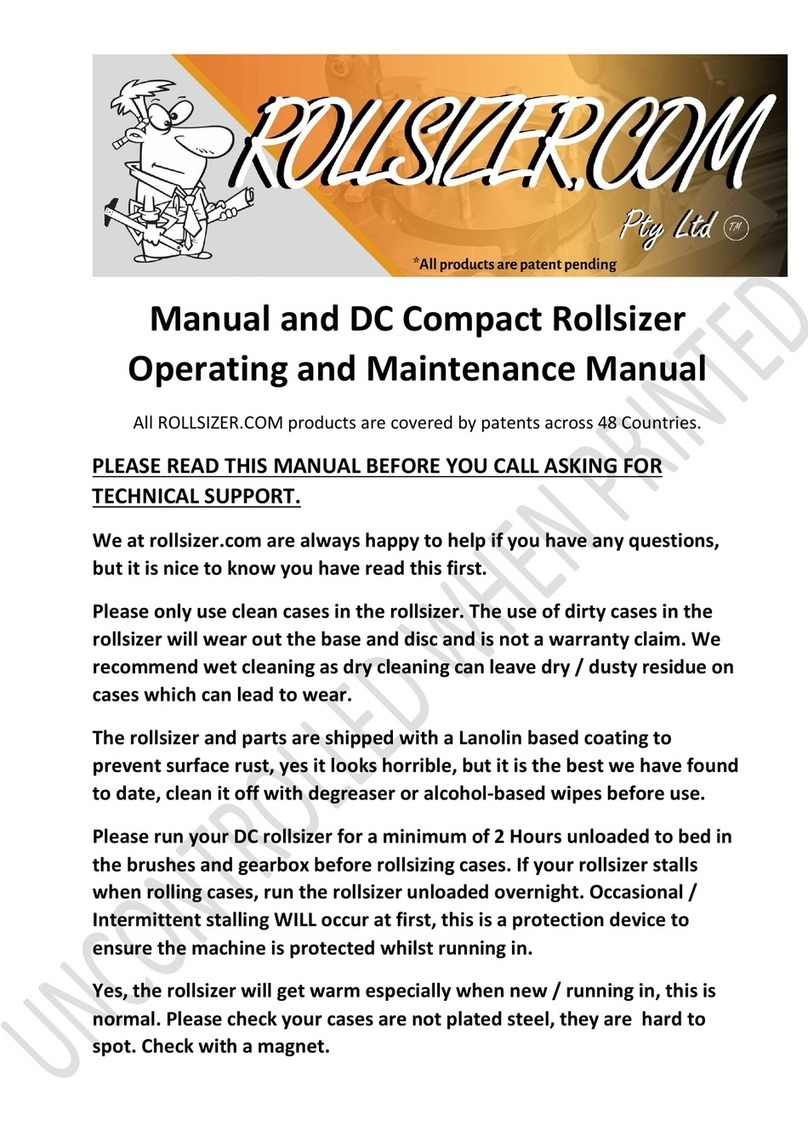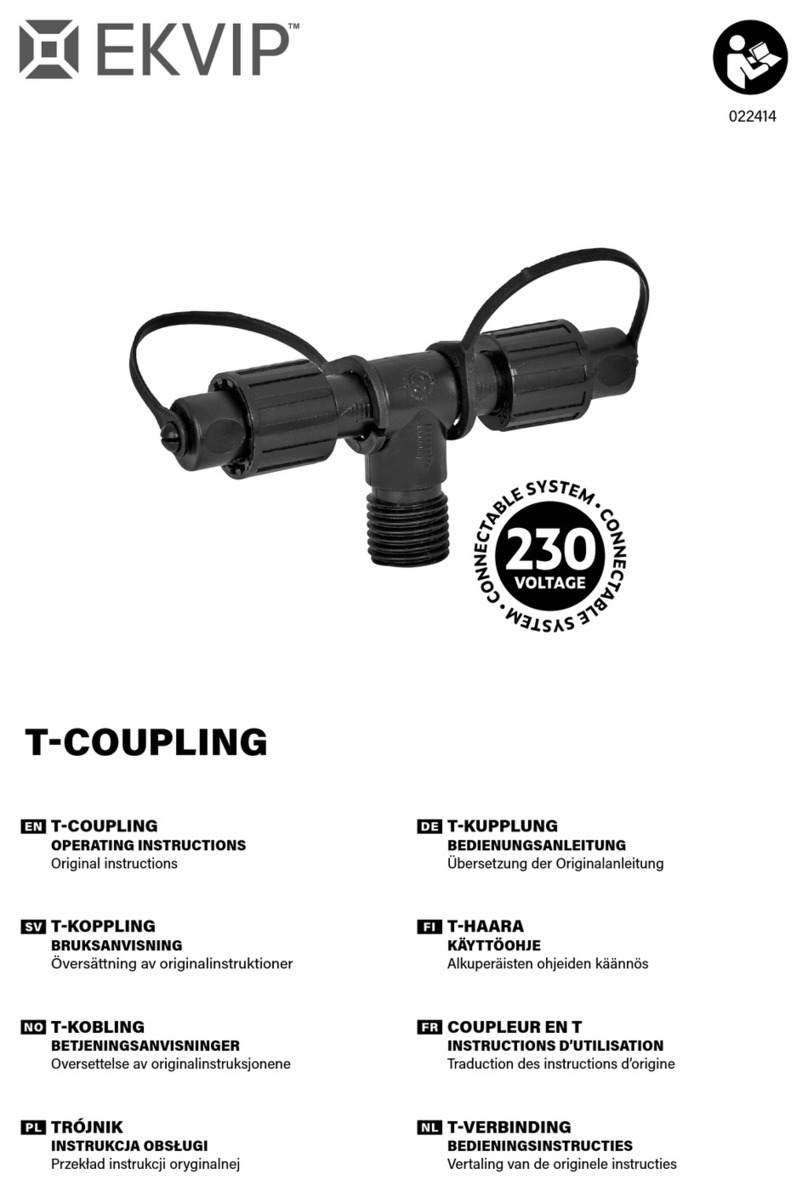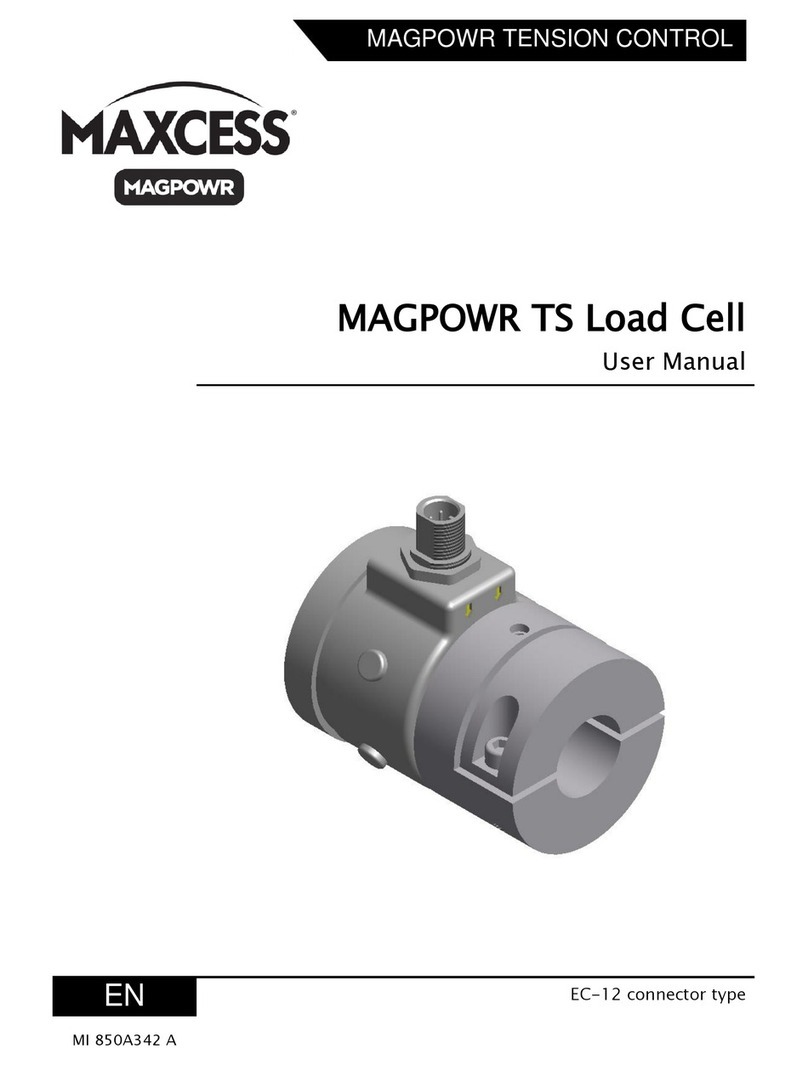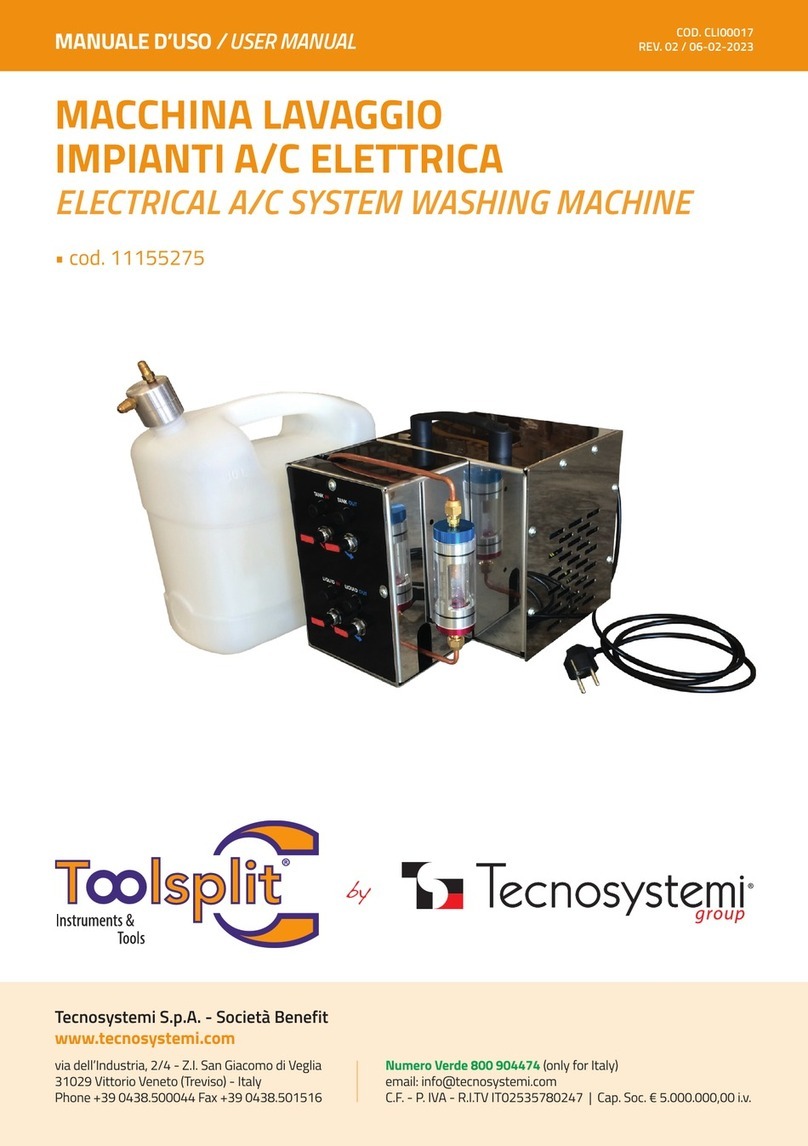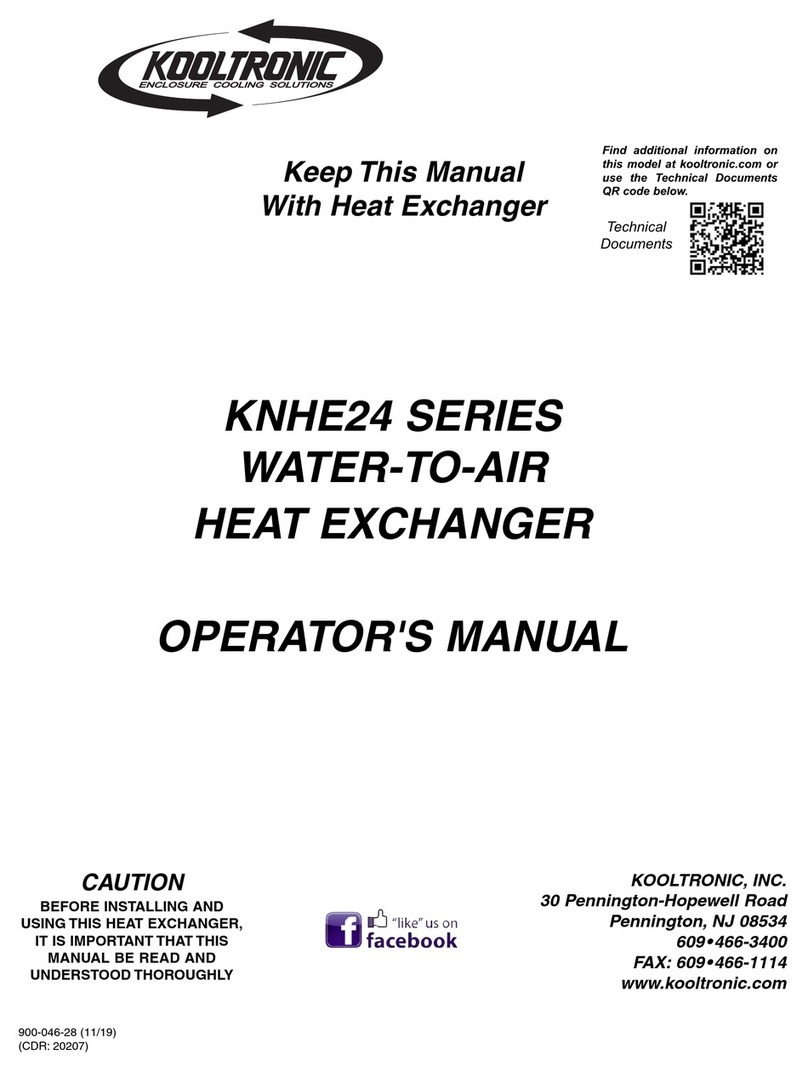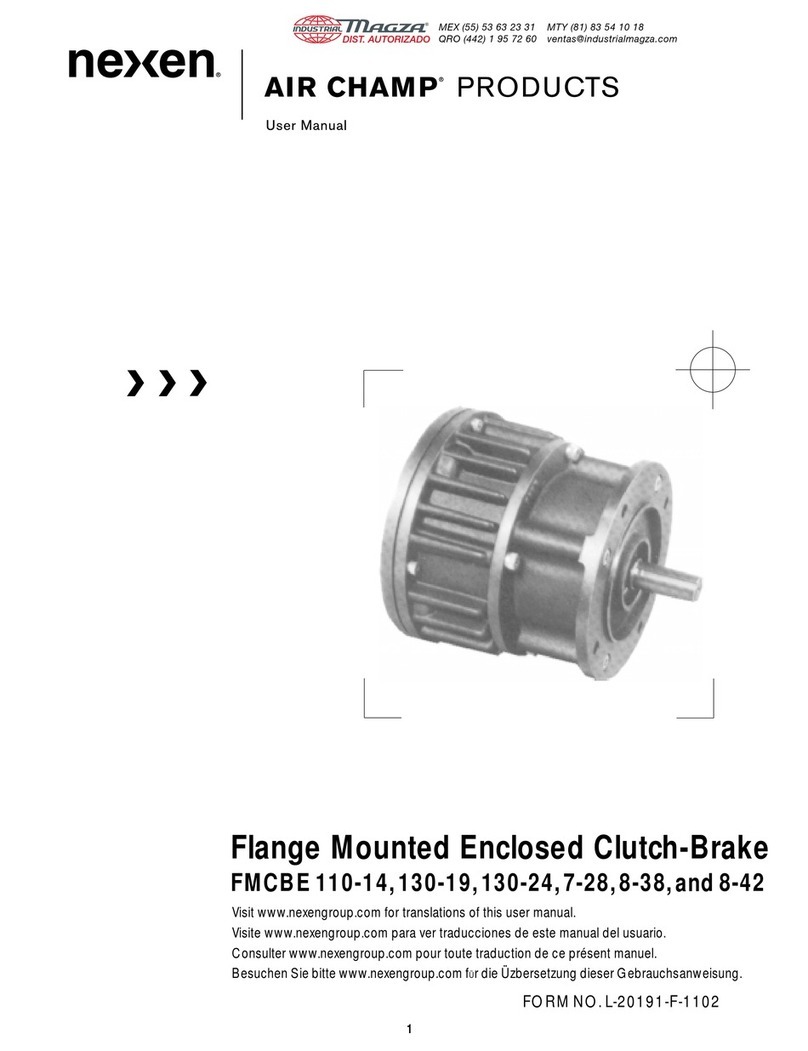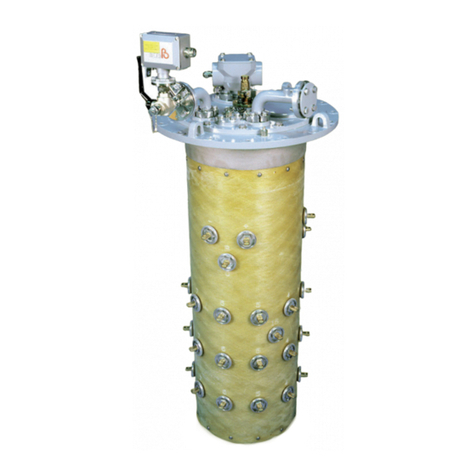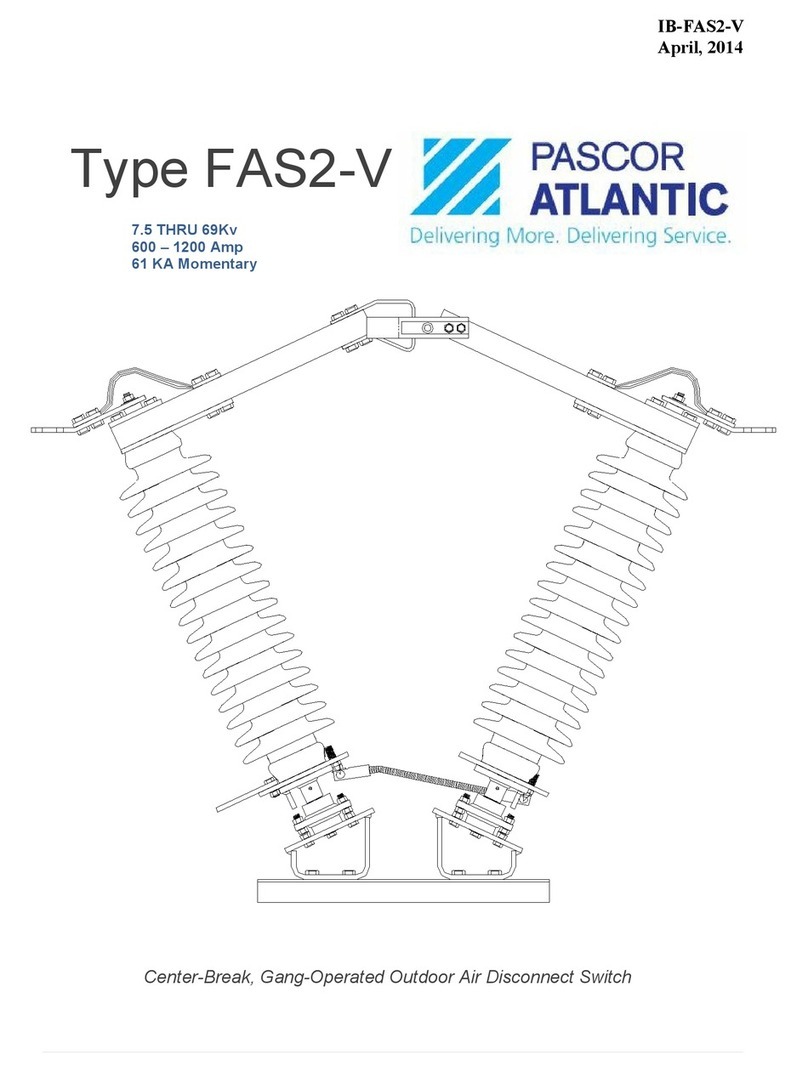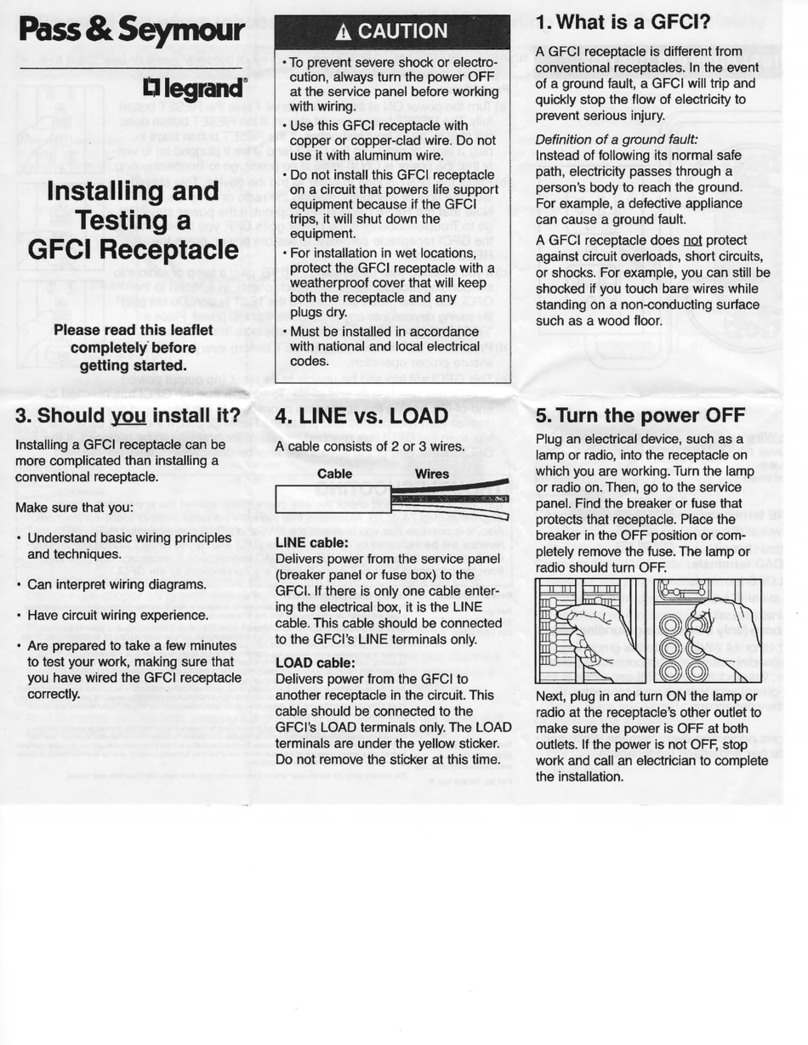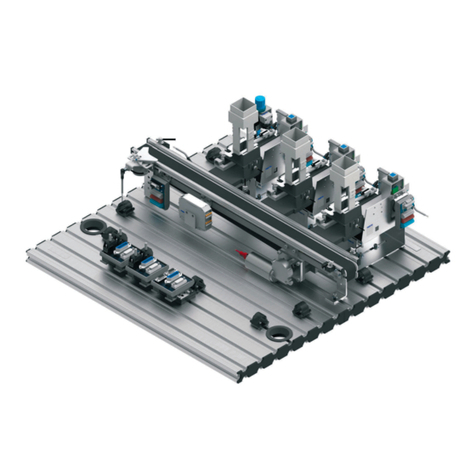Rollsizer Decapper Operating instructions

ROLLSIZER.COM AUTOMATIC DECAPPER
Operating and Maintenance Manual
PLEASE READ THIS MANUAL BEFORE YOU USE THIS MACHINE
(OR ASK US FOR TECHNICAL SUPPORT…...).
We are always happy to help if you have any questions, but it is nice to
know you have read this first. Please use the same terminology used in
this manual when contacting us. It will help us to understand what the
issue is.
All brass processing or reloading activities come with risks including
health, environmental or personal physical risks. The owners and users of
this Decapper acknowledge and accept the Rollsizer.com Pty Ltd terms
and conditions of sale. A copy of the terms and conditions are available
on the Rollsizer.com website.
The Decapper is designed for the small to medium volume personal
reloader. It is not designed or warranted for commercial or unattended
operation. The Decapper will process cases between 380ACP up to
308Win and only requires minor changes to the speed and using the
appropriate drop tube and shuttle to change calibres.
The Decapper has been designed for use with the supplied FW Arms
Universal Decapping Die and the small decapping pins ONLY. The
Decapper will NOT work with large pins. You can damage the Decapper if
you try.
Using decapping dies other than the one provided is not likely to work.

Decapper O & M Manual Rev D
It is expected that at some stage you WILL break pins, and occasionally
guide rods for a variety of reasons (rocks, dirt, nestled cases, Berdan
primed cases etc.) and with extended use (or abuse) you will eventually
wear out other parts on the Decapper. Replacement parts are available
from Rollsizer.com.
The Decapper motor WILL get warm especially when new / running in.
The motor and gearboxes will often get up to 75Deg C (167F), especially
when new. This is normal. The plastic components have been designed
for the motor / gearbox temperatures and will not be affected. At slower
speeds the Decapper will have a high frequency whine, this is normal and
does not affect the operation. Yes, it’s annoying, sorry, that’s the way it
is.
It is expected the gearmotor will take time to bed in, this will mean the
Decapper will run slightly slower initially and stall more readily in some
situations. Likewise the Decapper is expected to require adjustment in
the linkage between the decapper body and the case pusher. Refer to
the manual for details. Please read it a few times before attempting any
adjustment.
Please do NOT modify the decapper outside of the instructions included
in this manual. The Decapper is surprisingly complex and we ask you to
discuss this with us BEFORE you modify it.

Operating and Maintenance Manual
Contents
Introduction....................................................................................................4
Safety First......................................................................................................5
Disclaimer.......................................................................................................5
➢What is supplied with the Decapper? ................................................6
➢Decapper Operation...........................................................................8
➢Decapper Location –Where to place it? ............................................9
➢FW Arms Decapper installation........................................................10
➢Power Supply and Motor..................................................................12
➢Switch operation...............................................................................14
➢Casefeeder and Connecting Hose.....................................................15
➢Processing Rates...............................................................................16
➢Calibre Conversions ..........................................................................17
➢Pistol conversions.........................................................................17
➢Rifle conversion process...............................................................17
➢Calibre conversion process...........................................................18
➢Maintenance Requirements.............................................................19
➢Pre-Start Checks ...........................................................................20
➢Gearbox and Motor Maintenance................................................20
➢What tools do I need? ..................................................................21
➢Decapper FAQ’s ............................................................................21

Operating and Maintenance Manual
Introduction
The Decapper you have purchased will supply years of reliable operation if
the processes and safety procedures in this manual are followed.
The Decapper has been designed to remove spent / fired primers from lightly
soiled fired cases to allow cleaning / processing before reloading.
Please ensure you read this manual from start to finish BEFORE you use the
Decapper. Please pay attention to the following key points.
•The Decapper is not designed for unattended operation and should
be monitored at all times.
•Only fired cases with spent primers should be used in the
Decapper.
•The following are considered consumables and are not covered by
warranty
oDecapping pins and guide rods.
oWear on the stainless-steel base and plastic pegs / spring.
oWear in the spherical bearings, (these require grease).
oAny damage to the pegs, spring, and case pusher from jammed
cases.
oDamage to the Decapper mount from repeated jamming or
incorrectly adjusted decapping dies.
•Loaded ammunition or cases with live primers should never be
processed or used in the Decapper under any circumstances.
SERIOUS INJURY or DEATH could result.
•Check the drop tube height is adjusted before using the Decapper,
refer to the manual below.
•Fill the feed tube BEFORE starting the Decapper.
•The last case in the Decapper will need to be removed manually,
use long nose pliers…. Not your fingers….

Operating and Maintenance Manual
5 | P a g e D e c a p p e r O & M M a n u a l R e v D
Safety First
Please note that with all machinery, safety is critical. Do not allow
inexperienced users to operate this machine and never allow children near
the Decapper (or any other machinery) whilst it is operating. Never attempt
any sort of work or adjustment on the machine whilst the Decapper is
energized or operating. Work should never be done on the Decapper unless
the power supply is turned off and the power lead is unplugged from the
power supply.
Failure to do this could result in significant injury or death.
In addition, you should never process reloaded ammunition or cases with
live primers through the Decapper, if the ammunition or components are
ignited, there is significant risk of injury or death as a result.
Disclaimer
The purchaser and users of this machine expressly acknowledge and hold
harmless, Rollsizer.com Pty Ltd, its affiliates, associates, and resellers
(hereafter noted as Rollsizer.com), from all liabilities including loss of
income, injury, harm or death for the use of the Decapper and any actions
that the use that the Decapper may have. Rollsizer.com make no claims or
guarantees regarding the suitability of the processed cases for reloading or
any other use and it is the responsibility of the user to verify the suitability
and purpose of the finished product.
All Decappers are sold subject to the Terms and Conditions on the
Rollsizer.com website.
❖When you see this symbol, we will provide suggestions that will
assist in installing / setting up / operating your Decapper.

Operating and Maintenance Manual
6 | P a g e D e c a p p e r O & M M a n u a l R e v D
➢What is supplied with the Decapper?
The Decapper will generally be supplied with the following components in
addition to the drop tubes and additional spares purchased with your
Decapper.
1. Your Decapper is supplied with a custom FW Arms Decapper
Assembly. You will need to install and adjust the Decapper as
detailed in the supplied instructions from FW Arms AND the process
described in this manual.
2. The following is supplied with the Decapper as standard
a. This manual. Updated manuals are available online.
b. 1 set of self-aligning “pegs” and spare spring.
c. Length of 15mm (5/8”) ID vinyl feed hose with a Dillon
casefeeder adaptor fitted on one end and a cable tie for the
drop tube on the other end. This is called the feed hose.
d. Length of 15mm (5/8’) ID Vinyl hose to be used to control
the cases feeding into a bucket (or similar) and for primer
removal. The customer can cut the hose to suit.
e. Universal Power supply suitable for 100VAC to 277VAC
supplies. The power supply brick is supplied to the market
with an Australian power plug and depending on your
location a plug adaptor. You may need to purchase a plug
adaptor to suit your location. These are available from most
electronic and travel stores.
3. You will need additional parts to operate the Decapper, and these
include spare decapping pins and drop tubes. The spare pins are a
recommended spare and drop tubes are calibre sensitive and should
be ordered with the machine at the time of purchase. If you did not
order these, you WILL need them before your machine will process
cases.

Operating and Maintenance Manual
7 | P a g e D e c a p p e r O & M M a n u a l R e v D
Refer to photographs below identifying the main components of the
Decappers.
Drop tube showing the
feed hose correctly
positioned / fitted.
Trim the other end if
you need to shorten
the hose.
On / Off / Reverse switch.
The reverse is a momentary
switch to assist in removal of
jammed cases.
Always disconnect the
power supply before
removing cases. Use long
nose pliers to remove cases.
Mounting holes
to screw base
to reloading
bench. (4
places)
Variable Speed
control dial.
2 x Discharge tubes for
cases and spent primers.
You will need to cut the
tube to suit.
Self-
aligning
pegs
FW Arms
Decapping
Die
Case
pusher

Operating and Maintenance Manual
8 | P a g e D e c a p p e r O & M M a n u a l R e v D
➢Decapper Operation
The Decapper operation is generally as follows.
❖Cases do not always need to be sorted perfectly. However, some
case combinations can be a problem as they can nestle within the
other case and jam in the drop tube. This will result in nuisance
jams and potentially damage to the decapper. (9mm fits nicely
inside a 40S&W).
1. Remove rocks, debris, and other contaminants from the fired cases
(light soot and soiling on the cases is acceptable).
2. The cases are fed from your casefeeder though the supplied feed
hose.
3. Cases fall into the drop tube which in turn allows individual cases
to be control fed into the case pusher.
4. The motor rotation lifts the Decapper (moving up and down
vertically) while the case pusher moves horizontally backwards and
forwards.
5. As the case is pushed into position it will “snap” into the decapping
position. This position is self-centering.
❖It does not matter if the case is a small 380ACP or a 44mag
case. The primer position is the same.
6. As the motor continues to rotate, the case pusher arm pulls back,
and the decapper lowers onto the primer to push out the primer.
The primer will come out with an audible “pop”. This noise is
normal and is useful to identify if the primer pin is broken.
❖We recommend you process cases in small batches so if
you miss identifying a broken pin you will not have to redo
large volumes of cases. For this (and other reasons) we
STRONGLY recommend you keep the decapping pin in your
reloading press)
7. As the primer is being removed, another case falls in front of the
case pusher.

Operating and Maintenance Manual
9 | P a g e D e c a p p e r O & M M a n u a l R e v D
8. As the motor continues to rotate, the decapper lifts, and the new
case is pushed into position. As the case moves into position it will
push the previous case out.
9. As the case is pushed out the pegs will “snap” and the case will be
thrown into the drop chute. IF THE CASE PUSHER IS NOT
CORRECTLY ADJUSTED THEN CASES WILL OFTEN FALL OVER AT THIS
POINT.
❖In certain case types the processing speed will need
adjustment (up or down) to prevent the cases bouncing
around too long in the drop hole.
10. When the case supply has run out the last case will not be pushed
out. To remove this case, park the decapper so there is sufficient
clearance above the case to allow the case to be removed.
❖We STRONGLY recommend you use long nose needle pliers to
remove cases. DO NOT PUT YOUR FINGERS IN THE DECAPPER
unit ever. Serious injury could result.
➢Decapper Location –Where to place it?
The location of the Decapper requires some thought and planning BEFORE
you fit / cut the hoses. Please consider the position of the casefeeder and
where the primer tube and decapped cases will be routed.
❖Place the Decapper on your bench as a trial and look at the
underside of the machine. You will see 2 tubes coming out.
These will have tubes connected to them and need to clear the
edge of the bench. Think about where the tubes will go and how
easy it will be to remove the primers from the tube. The spent
primer hose can be sealed with tape or plugged.
❖Consider rotating your case feeder 90 degrees if it is mounted on
a square tube, this may improve the tube route to the decapper.
In most applications, the hoses for the deprimed cases and spent primers
do not need to be clamped to the discharge tubes. Simply push them on.

Operating and Maintenance Manual
10 | P a g e D e c a p p e r O & M M a n u a l R e v D
The tube is supplied coiled in the box and will often want to stay that way.
Running (and holding) hot water in the tube for a few minutes will allow
the tube to relax and straighten out.
❖It helps if you knead the hose whilst it is hot and hang it vertically
whilst it cools.
The decapper machine has 4 places where hold down bolts or screws can
be used. Refer to the photos in this manual.
In most installations, hold down screws will not be required, but if you
place it in a position where it can get knocked off the bench, then screw it
down to be safe.
❖If the decapper falls off your bench onto concrete, you will break
something. We have replacement parts if required.
➢FW Arms Decapper installation
The FW Arms Decapping Die supplied with the decapping machine is a
proprietary product that has been customized for the Rollsizer.com
decapper. It is not a standard FW Arms decapping unit. The installation of
the decapping unit must only be done with the decapper linkage shown in
the position shown in the photo below. This ensures the decapper body
will not touch / crush the pegs in its lowest position.
Failure to follow this procedure will break or damage the pegs or the
decapper body. This is NOT a warranty claim.
The decapper will only work with Small Pins. Using the FW Arms large
pins will result in the cases jamming on the pin and being pulled up and
out of the pegs.
Please read the Instructions supplied with the FW Arms Decapper. The
manual explains the safe pin removal / replacement procedure. The
supplied decapper parts include specialized spanners to remove broken
pins and a spare guide rod. Pins should be finger tight only with the locktite
and left to set for a minimum of 1 hour before use.

Operating and Maintenance Manual
11 | P a g e D e c a p p e r O & M M a n u a l R e v D
YOU MUST USE SUPPLIED LOW STRENGTH LOCKTITE ON THE PINS.
WITHOUT LOCKTITE THEY WILL UNSCREW AND BREAK OFF IN THE GUIDE
ROD OR DAMAGE THE MACHINE.
❖Before you install the FW Arms Decapping Die, we recommend
you get familiar with the decapper operation with the
adjustment of the drop tube and how the cases move and
The linkage must be placed in the
position as shown BEFORE you
attempt to screw the FW Arms
Decapping Die down.
Use the reverse switch and speed
controller to bump the linkage into
the lowest position.
Unplug the power supply before
working on the Decapper.
Screw the Decapping Die
down to touch the pegs and
then back out by ½ to 1 full
turn.
Use a spanner to hold the Decapper
body whilst tightening the locking nut
to prevent the body from turning.
The link and
the crank
assembly are
in alignment
as shown
Inject grease
into these 4
places regularly

Operating and Maintenance Manual
12 | P a g e D e c a p p e r O & M M a n u a l R e v D
behave when they move through the machine. This will save
damaging the machine and save you a lot of time.
❖Some cases are manufactured with very small / undersized flash
holes or holes that are punched and or off center. These cases
may pull up on the decapping pin. Some minor adjustments are
possible in raising or lowering the decapping body BUT some
cases are known to be a problem such as NORMA and some
“Non Toxic” cases using lead free primers.
This is not a fault of the machine.
Greasing the bearings is best done with a bicycle grease pump like the one
in the phot below. A single pump per grease point with generic bearing
grease is sufficient. These are about $15 - $50 from a variety of online stores.
The internet is great to find these cheaply.
➢Power Supply and Motor
The Decapper is operated with a Pulse Width Modulated (PWM) variable
speed controller with built in overload protection. It’s a very high-quality
unit.
The motor speed is controlled using a dial controller attached to the power
supply. Rotating the dial will increase or decrease the speed. The power

Operating and Maintenance Manual
13 | P a g e D e c a p p e r O & M M a n u a l R e v D
supply operates with a soft start operation. At lower speeds the motor may
exhibit a high frequency Whine.
❖Aside from being annoying, the whine does not affect the
operation and is normal.
The power brick is a universal power supply and can accept all AC power
between 100VAC to 277VAC as well as 50 or 60hz. The power supply is fitted
with an Australian plug as standard. Adaptor plugs will be provided for USA
(3 pin) or European (2 pin) customers. Other customers may require an
adaptor plug. These are commonly sold at electronics or travel stores.
If the power supply is on and connected to the Decapper and the switch does
not operate the Decapper, please check the connections and the plug is fully
inserted first. If this does not work, then gently REMOVE the dial by pulling
it off and reposition it. They have a range adjustment and should be able to
rotate nearly 360 degrees if correctly fitted.
The power supply is designed to switch to a safety mode called “Hiccup” in
the case of a jam. The hiccup mode is essentially a rapid start / stop
operation. If this occurs, move the switch to the off position, clear the jam
and all the cases in the pegs, and then restart as normal. The power supply
will reset automatically.
If your decapper goes into “hiccup” mode on startup, a quick adjustment of
the speed controller will stop this. The hiccups will go away once the
gearmotor is bedded / run in. This is normal.
The DC motor uses carbon brushes. These brushes occasionally need
bedding in to ensure a good contact between the brushes and the motor
armature to provide the correct torque. If your Decapper trips out or stalls
repeatedly it may need to be run overnight unloaded to bed in the brushes
/ gearbox.
❖This is a result of us supplying an oversized gearbox and motor. It
will last a long time, but they do occasionally need time to run in.

Operating and Maintenance Manual
14 | P a g e D e c a p p e r O & M M a n u a l R e v D
If the decapper needs running in for a long period, then put an elastic band
over the peg spring to keep them separated from the case pusher and run
the decapper for a few hours. The running in period may need to be up to 12
hours (very rare).
Yes, the DC motors will run warm / hot to touch, especially when new. The
Decapper can get up to 75 Deg C (167F) when new. The Decapper will cool
down significantly after about 30 hours of operation. This is normal.
➢Switch operation
In the forward position, the switch will stay on, the reverse switch will return
to the off position when released.
❖The switch is a heavy-duty unit and should last a very long time. If
you allow the switch to “arc” it will burn out the contacts and
ultimately fail. Use the variable speed controller to control the
motor speed rather than trying to use the switch.
ON -
(FORWARD
POSITION)
OFF -
(CENTER POSITION)
REVERSE -
(REARWARD
POSITION)
(MOMENTARY)

Operating and Maintenance Manual
15 | P a g e D e c a p p e r O & M M a n u a l R e v D
➢Casefeeder and Connecting Hose
The Decapper has been supplied with an adaptor and hose to connect to the
standard Dillon™casefeeder. Refer to photo below.
Please note,
❖We have been advised of variations in the position of the Dillon
casefeeder collar (the part with the spring). These can occasionally
be very narrow in clearance and as such the supplied adaptor and
may not always fit. The adaptor can be trimmed or modified with
a file or belt sander.
The adaptor will clip into the casefeeder where
the normal plastic drop tube connects the
Dillon™casefeeder to the Dillon™reloading
press. The flexible vinyl hose supplied will
connect the adaptor clip to your Decapper drop
tube.
When the casefeeder and Decapper locations
are confirmed, check the route for the flexible
hose.
Install the hose end with the cable tie on it on
the drop tube end. The cable tie does actually
do something…..
Run the hose from the decapper to the casefeeder. Insert the adaptor clip
into the casefeeder and mark out where to cut the hose. The hose route
should be as vertical and as straight as possible, smooth, and clear of
equipment, allow some extra length in the hose, mark the hose. Allow for
some shrinkage in the hose!!!!!
❖Measure twice before you cut the hose.
To mount the hose onto the adaptor clip, you place the end of the hose in
some hot water for approximately 2 minutes and push onto the hose tail
barbs whilst still hot. Leave to cool whilst holding the hose straight.

Operating and Maintenance Manual
16 | P a g e D e c a p p e r O & M M a n u a l R e v D
In some situations, the hose will have kinked when it is coiled in the box. The
hose can be re-shaped by plugging one end of the hose and filling the hose
with hot water and kneading the hose to re-shape the hose as required. After
the hose is straight and kinks removed drain the water and hang vertically to
cool for 1/2hr.
When not in use, the hose should be hung vertically from one end, or left in
a flat position to prevent kinks or bends in the hose. If this occurs repeat the
process above.
The placement of the cable tie on the drop tube end is required to prevent
cases in the hose catching on the end of the drop tube. It’s a simple idea,
but it does work.
In most cases, the end of the hose where it mounts on the drop tube is not
required to be secured, but can be secured if required, using cable ties or
hose clamps (not supplied).
➢Processing Rates
The Decapper can process up to about 3,400 cases per hour when fully run
in (it varies slightly).
Typical rates from Dillon case feeders are between 1,500 to 4,500 cases per
hour depending on their condition and fill amount. Modified / upgraded case
feeder motors (variable speed) will perform significantly better and are
recommended for all Rollsizer.com machines. Aftermarket casefeeder plates
can also significantly improve the casefeeder performance.
❖It is critical that you do not try to process cases through the
Decapper faster than the casefeeder can reliably supply.
❖If you are getting jams due to cases not stabilizing in the
decapper pegs or falling over after decapping, Check the case
pusher adjustment in this manual first.

Operating and Maintenance Manual
17 | P a g e D e c a p p e r O & M M a n u a l R e v D
➢Calibre Conversions
➢Pistol conversions
The calibre conversion for a pistol calibre comprises of 3 basic steps.
1. Pistol Shuttle and spring (this is the long one installed in the
decapper body as supplied). The shuttle is longer than the rifle and
has a specific spring. This is used for all pistol cases and can be used
for the 223 rifle cases as well (Do NOT use it for the 308 rifle cases
as damage to the machine will occur).
2. Drop tubes. These are the same as used in the Rollsizer.com range
of rollsizers. There are different types, (small pistol, large pistol, and
rifle conversions)
•Small pistol drop tube covers 9mm, 38S/SC, 357SIG, 10mm
357Magnum and 40S&W.
•Large Pistol drop tube covers 44Magnum and 45ACP.
•Small Rifle covers 300BLK and 223.
•Large rifle covers 22-250, 243, 308 etc.
3. Drop tube height. The drop tube needs to be adjusted per the
photograph below.
If you have mixed cases (say 380ACP in with 9mm) then adjust the drop
tube position for the taller of the cases.
❖Some cases will fall / nestle inside others and cannot be
decapped together, sorry, we didn’t make the case designs
so don’t blame us. Examples of this include 380ACP, 9mm
and 38SC inside 40S&W. For these combinations you MUST
sort the cases first.
➢Rifle conversion process
1. The 223 and 308 cases require a calibre specific rifle drop tubes.
❖Rifle drop tubes have slots cut in them.
2. The rifle drop tubes need to be aligned so the cases can be pushed
out through the slots in the tube.

Operating and Maintenance Manual
18 | P a g e D e c a p p e r O & M M a n u a l R e v D
3. The shuttle and spring inside the Decapping Die need to be changed
to the shorter shuttle to allow clearance for the taller rifle cases.
(These are in a bag marked as “Rifle Spring”).
❖The pistol shuttle will work for 300BLK and 223 cases but will
have a short spring life. It will NOT work for 308 cases.
❖Refer to the section in this manual that covers the new rifle
pegsets, they work really well….
➢Calibre conversion process
To change calibres, you need to.
1. Remove any residual cases from the case feeder and from the pegs.
Check the casefeeder is empty by running for a short time and
listening and checking for any cases in the case feeder or feed hose.
2. Turn off the Decapper and unplug the Decapper power brick from
the wall socket.
3. If the conversion requires the drop tube to be changed remove the
drop tube by unscrewing the winged bolt securing the drop tube
and replacing it with the required tube.
4. Check and adjust the drop tube height. Drop 2 cases into the drop
tube and check the extractor groove of the second case is visible,
adjust the height of the drop tube as required. Refer to the
photograph below.

Operating and Maintenance Manual
19 | P a g e D e c a p p e r O & M M a n u a l R e v D
➢Maintenance Requirements
The only regular maintenance required is removing excess dirt and soot and
regular lubrication of the linkages and guide bearings. The linkages are
spherical bearings with bronze liners. Whilst they have some self-lubrication
properties, the bearings will last a lot longer with grease injected into the
greasing points on the joints.
The guide bearings should be kept clean from dust and grit and occasionally
a drop of engine oil placed on the rails.
The Decapper WILL break pins and occasionally guide rods. We recommend
you keep a good supply of pins on hand. (Small pins only).
With repeated use and especially with soiled cases being processed, parts
will eventually wear. Replacements are available on the rollsizer.com
website.
Should the Decapper motor trip/ stop working, turn the machine off and let
the power block reset (it only takes a few seconds). If the electrical circuit
breakers or safety fuses supplying the decapper trip out, please do not use
the machine, remove the power lead from the wall socket and ensure the
machine is not used, place an “Out of Service” tag on the machine if available
and contact your reseller or Rollsizer.com if purchased directly.
The full extractor groove
of the case above must
be visible below the edge
of the drop tube. If you
are using mixed height
cases then you need to
allow for the tallest case.
Adjust
Drop
Tube
height as
required

Operating and Maintenance Manual
20 | P a g e D e c a p p e r O & M M a n u a l R e v D
Prior to use, all components should be wiped clean, and all traces of oil /
grease removed using degreaser and a clean, lint free cloth.
➢Pre-Start Checks
Prior to use, the following checks should be done.
•Visual inspection, check the power lead is in good condition and is
clear of any rotating equipment, check the connecting hose is
straight with no kinks.
•The Decapper has the correct calibre conversion installed, the drop
tube is adjusted correctly and the casefeeder, connecting hose and
Decapper are clear of any cases.
•Check the power supply is safe and circuit breakers are functioning
correctly.
•The gearbox does not have any oil leaks.
•The switch turns the Decapper on / off / reverse as required.
•The drop tube and flexible hose is clear of rubbish, tumbling media
or stuck cases.
•The case feeder has the correct cases for the conversion and is
operating in accordance with the manufacturer’s manual.
•Put a few drops of light machine oil on the spherical bearings and
guide rails
➢Gearbox and Motor Maintenance
In normal domestic use applications, the gearbox or motor is unlikely to ever
require any maintenance. The gearbox is sealed for life and in non-
commercial applications is not expected to require oil changes for many
years.
The Decapper motor is fitted with carbon brushes, and these are a normal
wear item and are expected to require replacement at after processing
around 1,000,000 cases (give or take a few…. lol), replacement brushes are
available from Rollsizer.com. With normal domestic use the brushes should
last for years if not decades.
Table of contents
Other Rollsizer Industrial Equipment manuals
Popular Industrial Equipment manuals by other brands
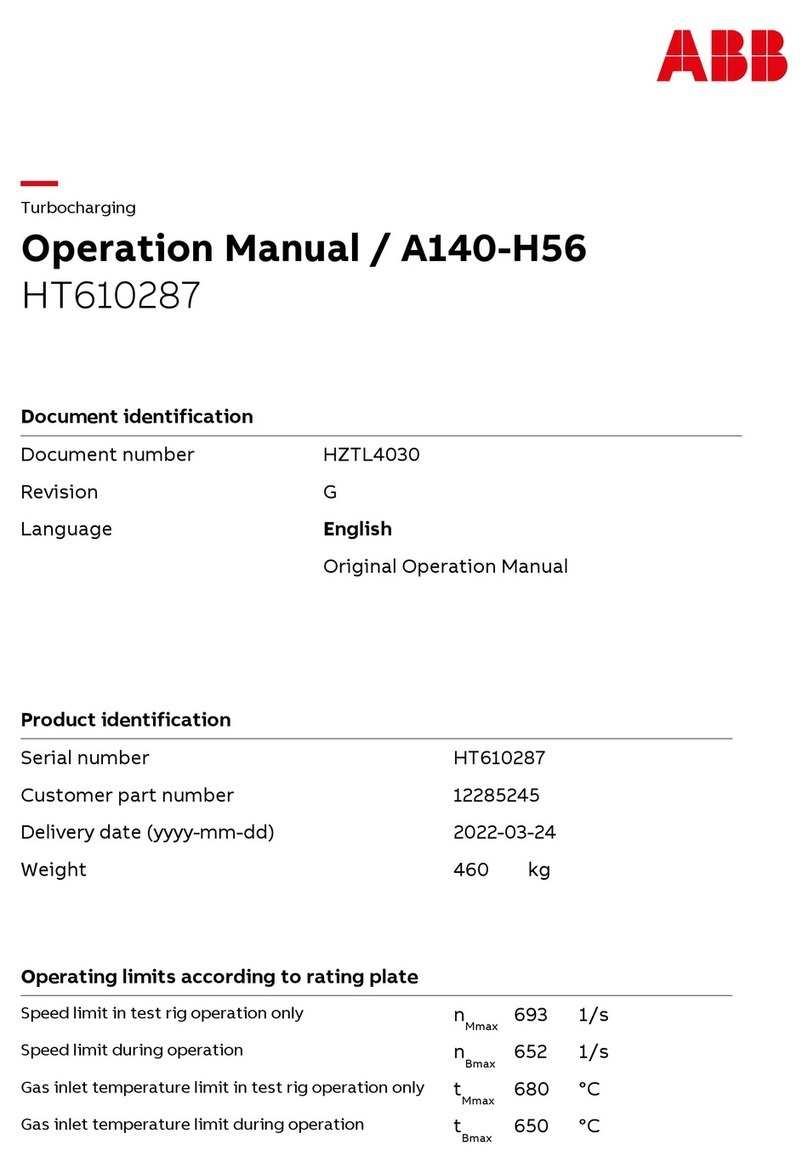
ABB
ABB HT610287 Operation manual
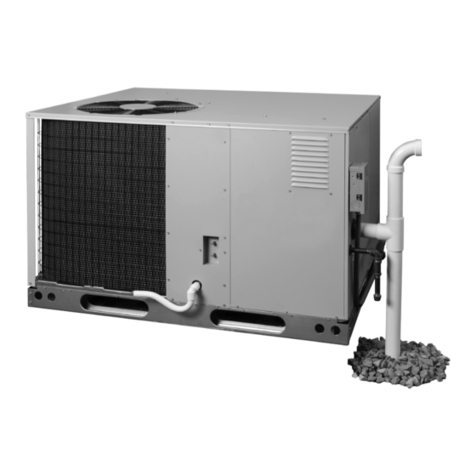
Nortek
Nortek R8HE Series installation instructions
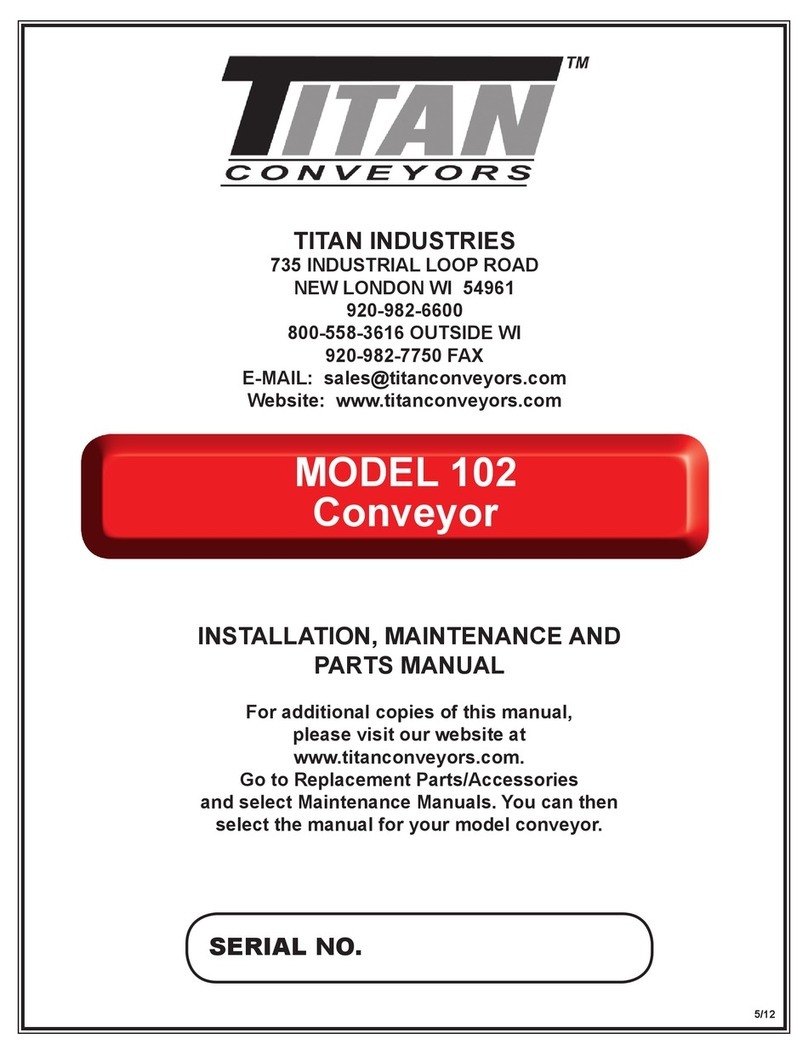
Titan
Titan 102 Installation, Maintenance, and Parts Manual

Aventics
Aventics DDL-X-Tool operating instructions
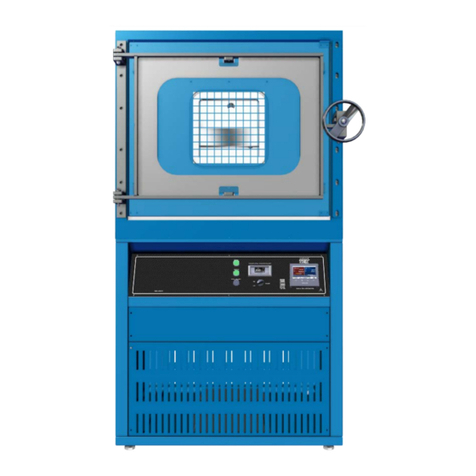
Cascade TEK
Cascade TEK SVO-10-VC Installation and operation manual
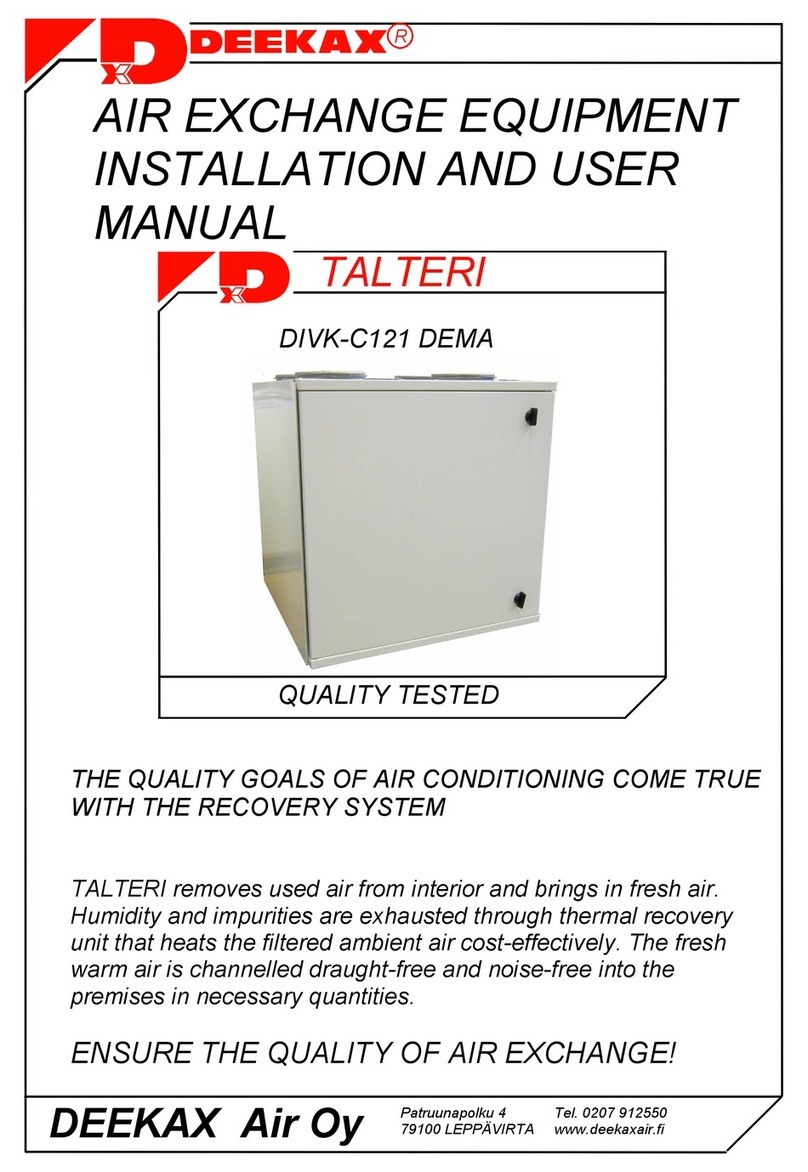
Deekax
Deekax DIVK-C121 DEMA Installation and user manual
